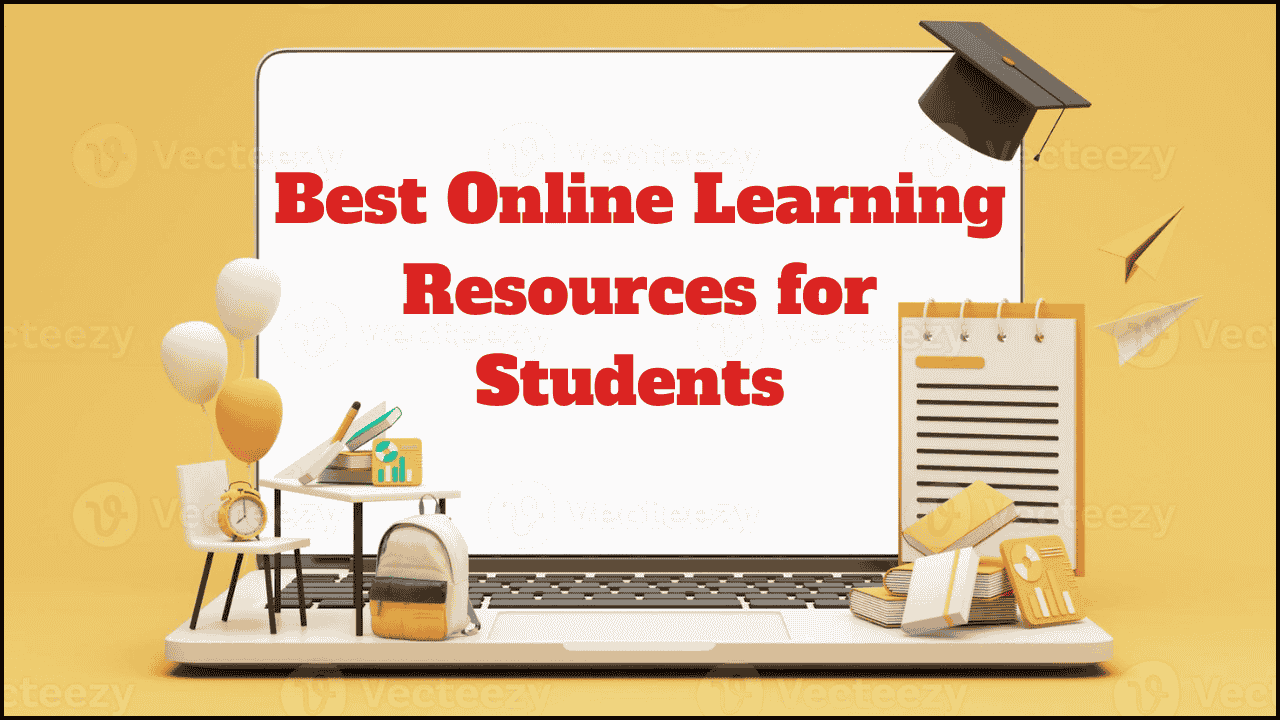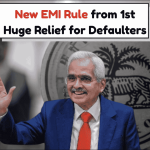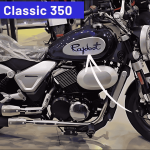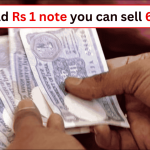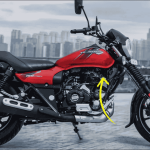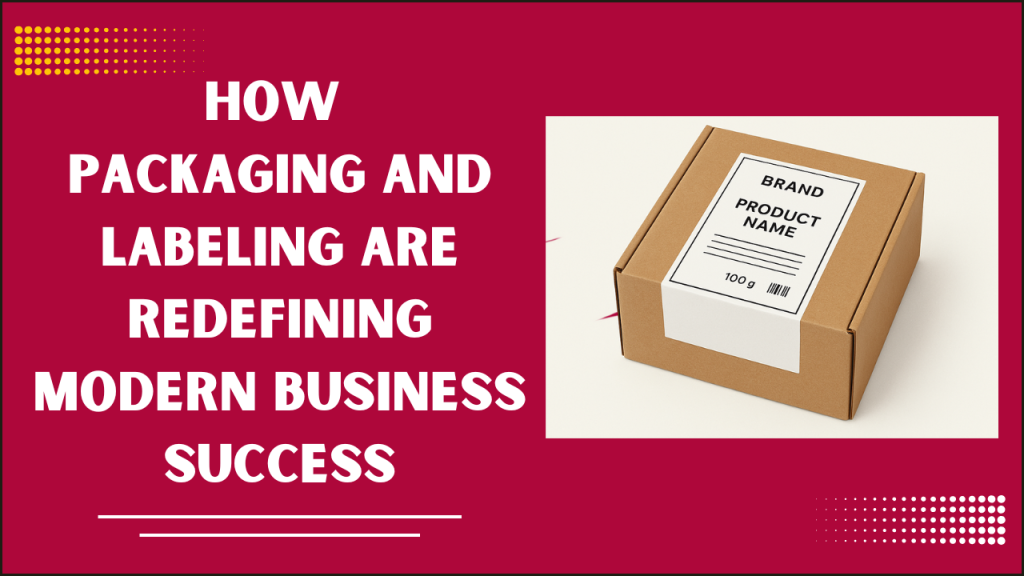
In today’s fast-paced, consumer-driven market, a product is only as good as it looks on the shelf or in that online shopping cart. And that’s not just a catchy line—it’s backed by data. A staggering 73% of consumers say that packaging design directly impacts their buying decisions. With e-commerce booming like never before, more than half of online businesses (around 55%) have now started tailoring their packaging specifically for digital shoppers. In short, packaging and labeling aren’t just necessary—they’re strategic tools for modern business success.
What Is Packaging?
Packaging goes beyond just wrapping a product in plastic or sticking it in a box. It’s a carefully planned process that protects, preserves, and presents a product—from the moment it leaves the factory to when it lands in a customer’s hands.
Think about trying to transport eggs without an egg tray or sending a crisp white T-shirt without any wrapping. Odds are, one will crack, and the other might arrive stained—not exactly a great customer experience. Proper packaging ensures products arrive safely, remain fresh, and look appealing. It also makes storage and transportation simpler for businesses.
From polybags and corrugated boxes to sleek roll bags, packaging comes in many forms, and it’s often the first impression a customer gets of a product—so it better be a good one.
Why Packaging Matters?
Packaging isn’t just about protection; it’s a powerhouse in marketing and brand building. Here’s why it’s crucial:
- Safety First: It protects the product from damage, tampering, and even environmental factors like moisture and sunlight.
- Marketing Tool: The packaging acts like a silent salesman, showcasing the product, highlighting its features, and attracting buyers.
- Efficient Logistics: Good packaging simplifies transport, storage, and distribution.
- Product Identity: It helps customers instantly identify your brand amidst a sea of competitors.
One excellent example? Tetra Pak containers for milk. They keep the milk fresh, extend shelf life, and present a clean, professional image to buyers.
Types of Packaging: Layer by Layer
Understanding the different layers of packaging helps businesses design smarter, more efficient packaging systems.
1. Primary Packaging
This is the layer in direct contact with the product. Think: the glass bottle holding your favorite lotion or the candy wrapper on a chocolate bar. It protects and preserves, but also communicates crucial info like ingredients, expiry dates, and branding.
Examples:
- Glass bottles for beverages
- Plastic pouches for cosmetics
- Boxes for smartphones
2. Secondary Packaging
This layer groups multiple primary units for storage, transport, or display. You might not notice it while shopping, but it plays a critical role in keeping products organized and protected.
Examples:
- Wooden crates used in retail stores
- Plastic trays to hold multiple juice bottles
- Industrial plastic crates for bulk goods
Secondary packaging might not always be glamorous, but it’s practical, recyclable, and essential for warehouse and logistics operations.
3. Tertiary Packaging
The final frontier of packaging. Tertiary packaging handles the heavy lifting—literally. It groups large quantities of products for bulk transportation.
Example scenario: A branded shoe packed in a stylish box (primary), placed in a larger cardboard box (secondary), and finally stacked on a wooden pallet (tertiary) to be shipped out.
Tertiary packaging includes:
- Wooden pallets
- Shrink-wrapped pallets of boxes
- Large corrugated shipping boxes
So, What’s Labelling All About?
If packaging is the outfit, labeling is the personality. It tells customers who the product is, what it offers, and why they should choose it. A label can be as simple as a sticker or as elaborate as a fully designed sleeve—but it’s always essential.
Without labels, shoppers would be stuck guessing between nearly identical products on a shelf. Labels offer clarity, confidence, and critical information.
Types of Product Labels
1. Brand Labels
These are instantly recognizable symbols of quality and identity—like Nike’s swoosh or Apple’s minimalist style. Brand labels communicate trust and consistency.
2. Descriptive Labels
These labels provide in-depth info about the product—ingredients, usage directions, precautions, etc. They’re especially important in industries like cosmetics and pharmaceuticals.
3. Grade Labels
These show the product’s quality level. For instance, eggs often come labeled as Grade AA, A, or B—giving consumers an easy quality comparison.
Benefits of Labelling: More Than Meets the Eye
Labeling does far more than just identify a product:
- Informed Choices: Customers get clear information—ingredients, benefits, expiry dates, and instructions—that help them make smart buying decisions.
- Boosts Promotion: Well-designed labels attract attention. Add a touch of gloss, foil, or embossing, and it becomes a mini-billboard.
- Product Differentiation: Labels help distinguish between product variants—think different flavors, sizes, or uses.
- Inventory Management: Labels with barcodes, QR codes, or RFID tags improve tracking and logistics.
- Customer Safety: Labels warn users of hazards, such as “flammable,” “keep away from children,” or allergen info.
Packaging vs. Labelling: A Quick Look
| Feature | Packaging | Labelling |
|---|---|---|
| Purpose | Protects the product during handling/transport | Provides essential information about the product |
| Visual Appeal | Focus on design, color, shape | Focus on logos, text, symbols |
| Materials Used | Boxes, bottles, trays, pouches | Stickers, tags, printed sleeves |
| Function | Storage, safety, and branding | Identification, compliance, and marketing |
Why Packaging & Labelling Matter in Modern E-commerce
E-commerce has taken product presentation to the next level. Here’s how strategic packaging and labeling help online businesses thrive:
1. Stand Out in a Crowded Market
With hundreds of options online, unique packaging and clear labeling help your product rise above the noise.
2. First Impressions Matter
For online buyers, unboxing is part of the experience. Attractive packaging paired with an informative, professional label can make a lasting impression and build brand loyalty.
3. Weather Protection
India’s weather is unpredictable—blazing sun in one place, torrential rains in another. Quality packaging shields products from climate extremes, especially for food and perishable items.
4. Survive the Road Test
Rough roads, potholes, and long delivery routes can be tough on packages. Good packaging ensures the product remains intact through the journey, which boosts customer trust.
Challenges Businesses Face
While the benefits are plenty, packaging and labeling also come with their share of challenges:
- Cost Concerns: Premium packaging materials and custom labels can be expensive for small brands.
- Limited Space: Labels often have very limited room to fit all required info and branding elements.
- Changing Preferences: Customer tastes evolve. Businesses need to stay agile to keep their packaging fresh and appealing.
- Sustainability Demands: More customers are demanding eco-friendly packaging, but sourcing sustainable materials can be costly and require extra effort.
Final Thoughts
In the modern business landscape, packaging and labeling are no longer just an afterthought—they’re a necessity. Packaging protects and preserves; labeling communicates and connects. Together, they shape the customer’s perception, influence purchase decisions, and boost brand recall.
As competition grows fiercer and consumer expectations rise, investing in smart, stylish, and sustainable packaging and labeling is no longer optional—it’s the game-changer your business needs.


